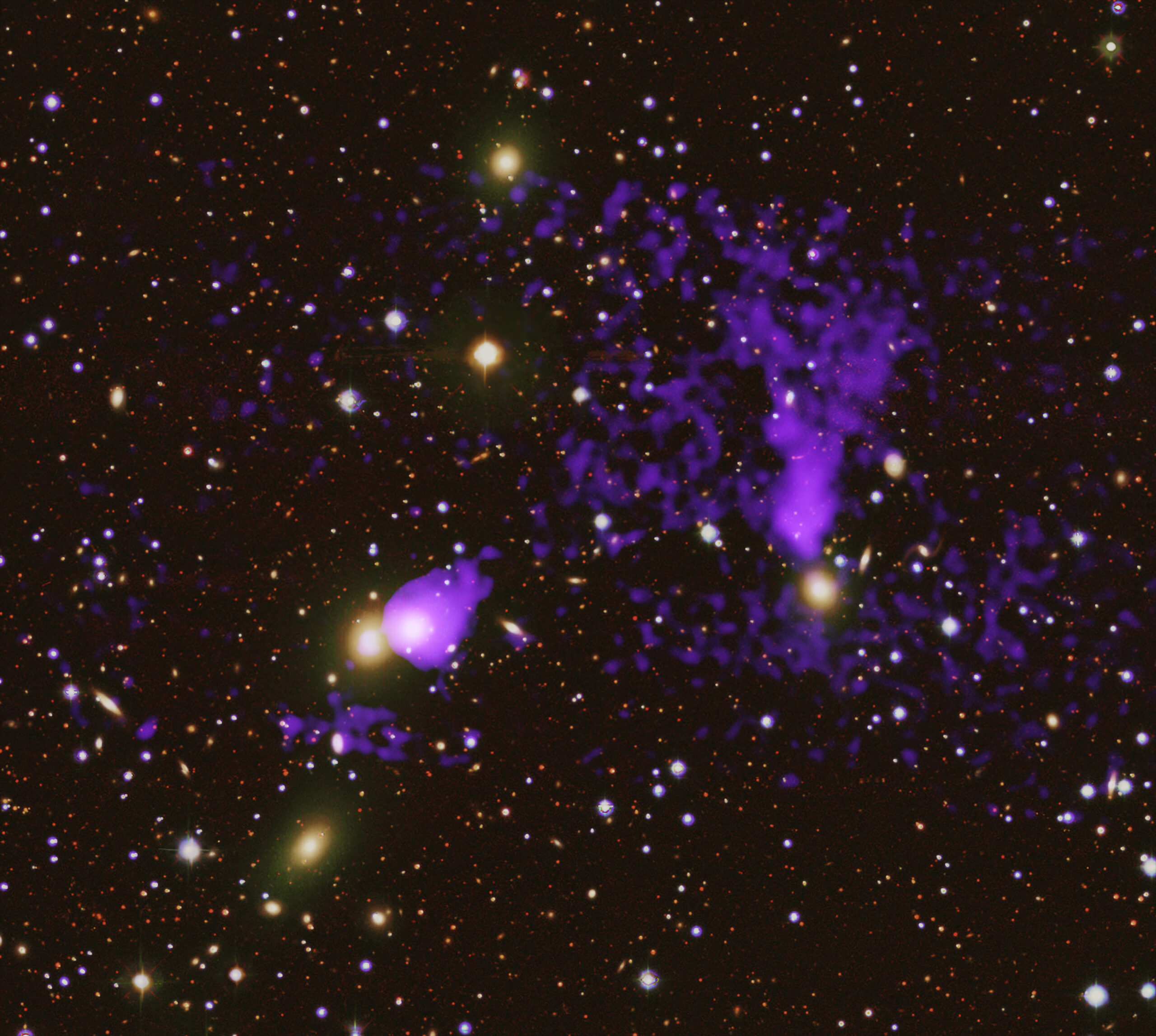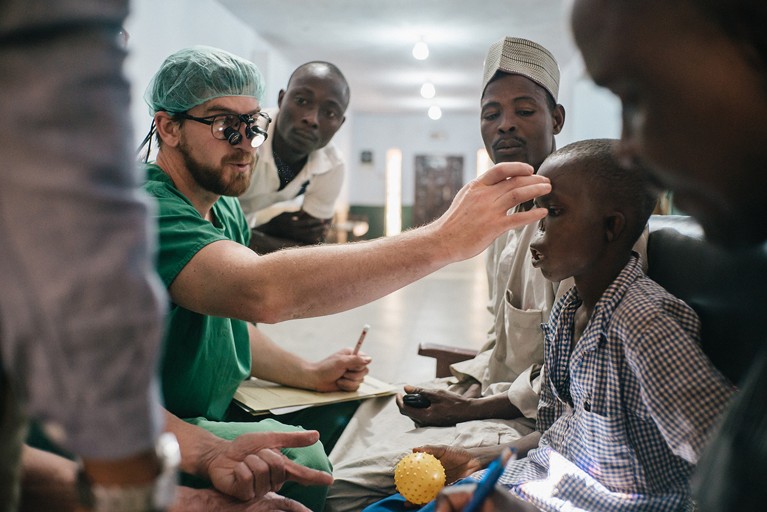Many penguin species huddle together in massive colonies, but pairs of yellow-eyed penguins go out of their way to be alone, nesting deep in New Zealand’s scrublands and forests out of sight of other penguins. When pairs reunite at the nest after one has been away fishing, they greet each other with a piercing cry that Thor Elleyan endangered avian species researcher at the University of Otago with Māori roots, likens to “a whistling tea kettle rolling down a hill.” The species’ Māori name, hoihoroughly translates to “noise shouter.”
Screaming and antisocial behavior may not seem like beloved traits, but these penguins are revered in Māori culture as taonga, or treasure, even gracing the country’s $5 bill. They are “protected by sacred origins,” Elley says.
But one of New Zealand’s favorite endemic birds is also one of its rarest. The International Union for Conservation of Nature estimates that only between 2,600 and 3,000 hoiho exist. About a third live on New Zealand’s South Island and nearby Stewart Island. The rest inhabit sub-Antarctic islands some 300 miles to the south. In the past 15 years, the northern population has plummeted by roughly 75 percent, and researchers expect that group could disappear within the next two decades if the trend continues.
The decline stems from a litany of factors. Red cod, once a pillar of the hoiho diet, has become scarce, and blue cod, although larger, are harder to catch, eat and feed to their chicks than other staple fish. Penguins also drown each year in commercial gillnets. And a pair of diseases, avian diphtheria and, since 2019, a mysterious and fatal respiratory illness, also infect virtually every chick. Janelle Wierengaa veterinary scientist at the University of Otago and Massey University, says potential vaccines and drugs are likely years away.
To keep the species afloat, wildlife hospitals and conservation groups have taken the radical step of removing every single hoiho chick on the South Island from its nest and placing it in human care for its first week or so of life. Chicks are treated with antibiotics to heal the mouth sores caused by avian diphtheria. They’re also fed fish smoothies to boost their strength. It’s unclear how, but this extra care prevents chicks from developing the respiratory disease. “I’ve got the feeling that the diseases are a secondary problem, and the primary problem is the penguins don’t get the sustenance they need,” says Thomas Matternan ecologist at the University of Otago.
In 2023, the Dunedin Wildlife Hospital hand-reared 214 hoiho chicks. Without human intervention, 50 to 70 percent of those chicks would have died, Lisa Argillathe hospital’s senior wildlife veterinarian and director, estimates. But these herculean efforts can only offer a short-term reprieve. “We are trying to buy this population as much time as we can,” she says. “You feel like you’re fighting a losing battle, but we couldn’t live with ourselves if we didn’t fight for these penguins.”





